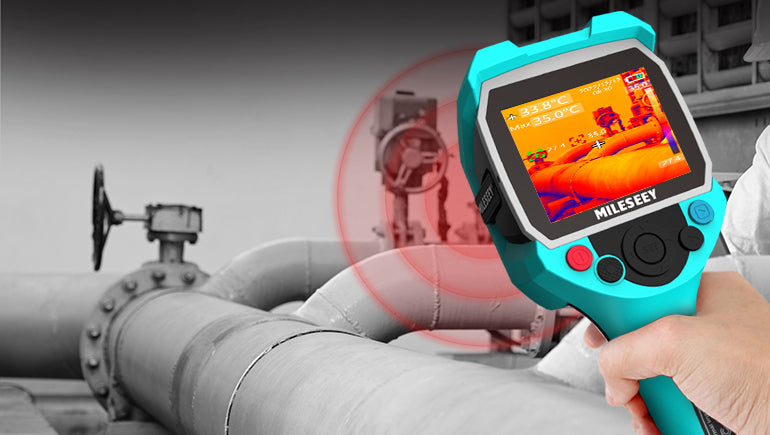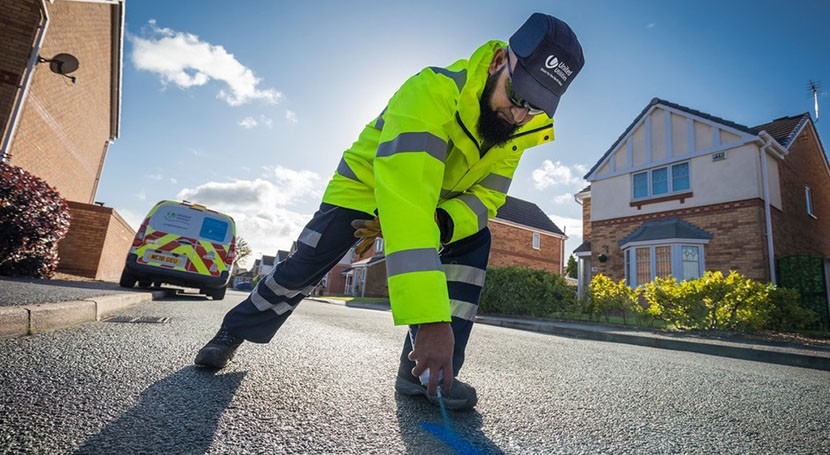Innovative Solutions for Very Early Detection of Water Leaks in Buildings and Infrastructure
From sophisticated leak discovery technologies to the release of IoT sensors for real-time tracking, the landscape of leak avoidance is advancing quickly. Automated water flow analysis systems are improving exactly how leakages are identified and attended to, leading the means for an aggressive method to water leak discovery.
Advanced Leak Detection Technologies
Advanced leakage detection technologies, furnished with sophisticated sensing units and formulas, play an important role in swiftly determining and pinpointing water leaks in different setups. Electromagnetic sensing units can recognize changes in electro-magnetic areas triggered by water, using yet one more layer of leak detection ability.

IoT Sensors for Real-Time Monitoring
In the world of modern water leak detection, the combination of IoT sensing units for real-time surveillance stands for a pivotal improvement in improving positive leakage discovery capacities. These sensing units supply constant tracking of water systems, giving real-time data on water circulation prices, pressure variations, and temperature modifications. By leveraging IoT innovation, these sensors can spot also the smallest anomalies in water use patterns, enabling very early recognition of possible leaks prior to they rise into significant problems.
IoT sensing units transfer information to a centralized platform, where sophisticated formulas evaluate the information and produce alerts or notifications when abnormalities are detected. This real-time tracking capacity permits residential or commercial property owners or center managers to without delay resolve leakages, minimizing water damages, decreasing repair costs, and conserving water sources.
Additionally, IoT sensing units can be incorporated with structure administration systems, allowing for automated feedbacks to discovered leaks, such as shutting down water shutoffs or triggering pumps to mitigate the influence of leaks. Overall, the implementation of IoT sensing units for real-time monitoring significantly enhances the efficiency and efficiency of explanation water leak discovery in buildings and infrastructure.
Artificial Intelligence Algorithms for Leak Prediction

One trick benefit of using device understanding for leakage forecast is its capability to constantly find out and improve its accuracy gradually. As even more information is accumulated and fed right into the algorithm, it can improve its forecasts and adapt to changing conditions, ultimately enhancing the dependability of leakage detection systems.
Furthermore, artificial intelligence algorithms can assist in recognizing subtle indicators of leakages that might go unnoticed by standard monitoring techniques. water leak detection. By assessing complex information collections in real-time, these algorithms can give very early cautions and notifies, permitting timely treatment and preventive maintenance to reduce possible water damage and associated prices
Utilizing Thermal Imaging for Leak Discovery
Thermal imaging modern technology uses an appealing strategy for spotting water leakages in different systems and infrastructures. By making use of infrared radiation and temperature variations, thermal imaging cams can recognize concealed leaks that are not quickly visible to the nude eye. When water leaves from pipelines or structures, it commonly transforms the temperature level of the surrounding area, creating temperature level differentials that thermal cams can record. These temperature irregularities are after that converted right into visible photos, highlighting the precise place of the leakage.
One of the key benefits of thermal imaging for leak detection is its non-intrusive nature. Generally, the use of thermal imaging innovation boosts the performance and accuracy of water leakage discovery, making it a beneficial device for preserving the integrity of buildings and frameworks.
Automated Water Circulation Evaluation Solutions
Just how can computerized water circulation evaluation systems change the detection and management of leaks wikipedia reference in different systems and infrastructures? Automated water flow analysis systems offer a proactive approach to leakage detection by constantly monitoring water circulation rates and patterns. By establishing standard information, these systems can rapidly recognize variances that may show a leak, enabling punctual treatment to stop comprehensive damages.
These systems make use of advanced algorithms to assess real-time data and supply immediate notifies when anomalies are spotted, enabling for swift action to be taken. In addition, computerized water flow evaluation systems can be incorporated with structure monitoring systems or IoT systems, improving overall efficiency and enabling remote surveillance capacities.
In addition, the information accumulated by these systems can be made use of for anticipating upkeep purposes, aiding to determine potential weak factors in the infrastructure before leaks take place. Overall, the execution of automatic water flow analysis systems can significantly improve leak detection and management techniques, eventually bring about set you back savings, minimized water waste, and raised sustainability in buildings and facilities.

Verdict
To conclude, the assimilation of innovative leakage detection technologies, IoT sensors, artificial intelligence algorithms, thermal imaging, and automatic water circulation analysis systems offers cutting-edge options for early detection of water leakages in buildings and infrastructure. These innovations enable real-time surveillance, prediction of leakages, and efficient discovery approaches to stop water damages and waste. Implementing these options can assist in maintaining the stability and sustainability of water systems in different settings.